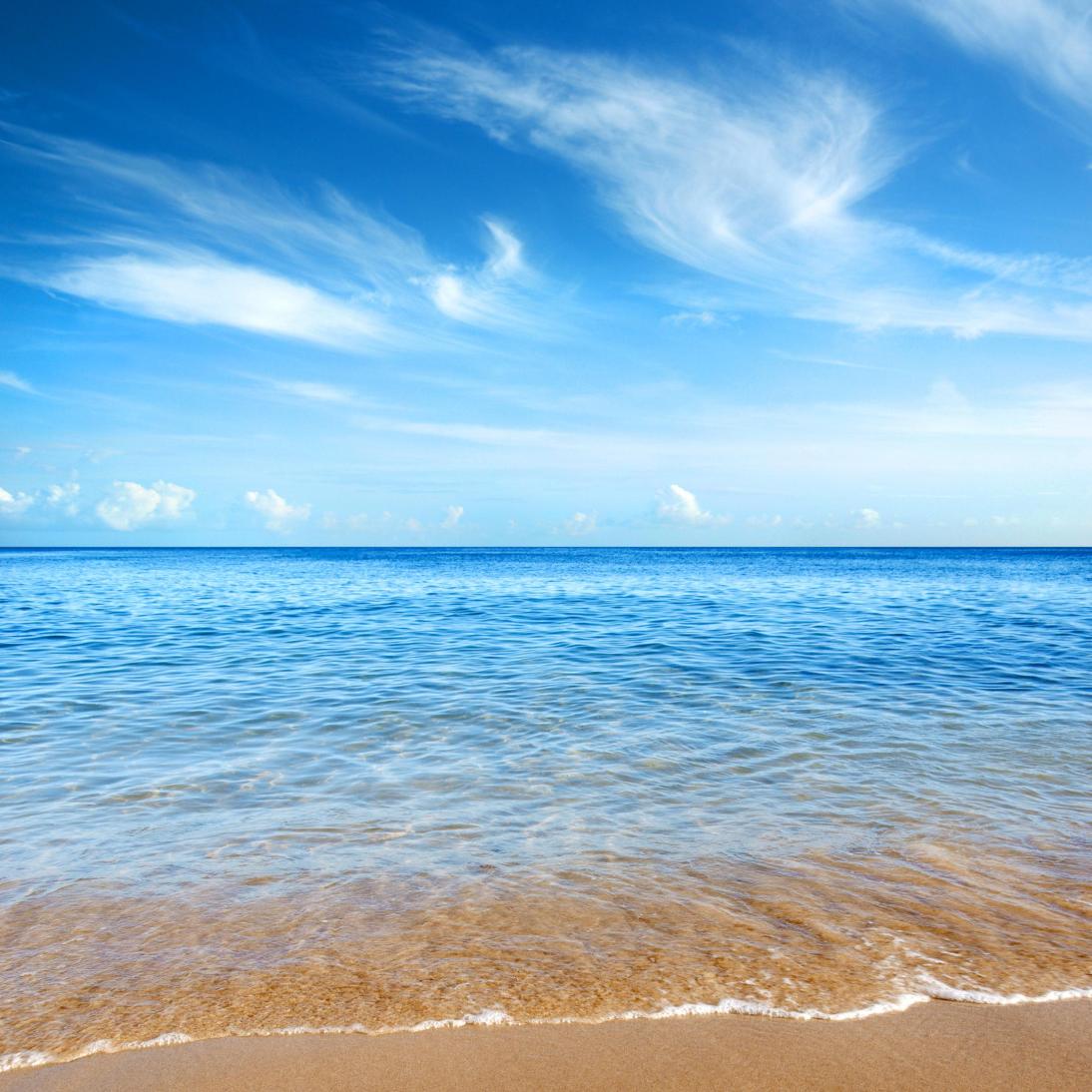

Cartagena has a warm and tropical climate. Daytime temperatures average in the upper 80F with 90% humidity. This means that shorts, sandals, summer dresses and wide-brimmed hats are the usual attire. The region has only two seasons, rainy and dry. The rainy season usually lasts from May to November, while from December to April is the dry season with intense sun, so sunscreen is a must in this city. Fortunately, due to the proximity to the equator, Cartagena is not affected by hurricanes.
In terms of accessibility, Rafael Núñez International Airport is only 15 minutes from the city center. It is the fourth busiest airport in Colombia and has direct flights to and from Miami, Fort Lauderdale and New York, making it easy to travel to and from the U.S.
Getting around the city is also easy thanks to the various public transport options. Buses and taxis will take you anywhere in the city you need to go, so you don't need to have a car. The vast majority of the city is flat and at sea level, so walking and /or cycling are also viable and healthy transport options.
Cost of Living
Like most areas of the world, the cost of living in Cartagena depends on the type of lifestyle you want. Whether you prefer to cook your own meals with food bought at local markets or dine out several times a week; Living near the beach or in a small interior house with garden, you can adapt the lifestyle to your budget.
Cartagena is less expensive than comparable U.S. oceanfront cities. On average, living expenses are 60% lower than in Miami, Fort Lauderdale or San Diego. For those who want to get away from the Northeast or Midwest cold, Cartagena's average cost of living is 65% lower than Chicago's and 75% lower than Boston's.
Below is an example of a monthly budget for a couple living in Cartagena:
| MONTHLY EXPENDITURE | USD |
|---|---|
| Rent (apartment with three bedrooms and two bathrooms) | $600 - $900 |
| Electricity (depends on the use of air conditioning) | $60 |
| Water and sewerage | $35 |
| Petrol | $50 |
| Telephone (landline and cellular) | $30 |
| Internet | $35 |
| Groceries | $300 |
| Transport (buses and taxis) | $65 |
| Entertainment (night outs, etc.) | $200 |
| Health care (basic public) | $120 |
| Cleaning service | $70 |
| Clothing & personal care | $200 |
| Monthly total | $1,815 - $2,065 |

What to do in Cartagena
Cartagena is known around the world for its colorful Walled city, authentic food, and stunning beaches. Below you will find some of the best things to do in Cartagena.
Swim in Playa Blanca
Have you ever dreamed of visiting a Caribbean beach? it is very easy to reach them from Cartagena. The port Muelle de la Bodeguita (located just outside the Walled city) sells boat and bus tickets to nearby Playa Blanca. You simply have to choose the preferred method of transportation for a quick one-hour trip. Soon, you'll find yourself eating, drinking, swimming, and relaxing on paradise's white-sand beaches.
Snorkeling or Diving in the Rosario Islands
If you have diving certification, diving in the Corales de Rosario y San Bernardo National Natural Park is one of the highlights of Cartagena. The Park encompasses more than 450 square miles of islands and coral reefs and most dive trips include transportation, two dives, expert guides, and a lunch on the beach. If you've never dived before, but still want to explore this unique underwater park, you can also book snorkeling trips with the dive companies or even spend a few days finally getting the open water diving certification you've been dreaming of.
Enjoy Colombian seafood and sweets
Every traveler should try ceviche in Cartagena, it is a cold dish in which seafood such as fish, shrimp, squid and octopus are cooked in acidic lemon juices instead of heating them. Renowned chef Anthony Bourdain recommended La Cevicheria as one of the best restaurants to try on your visit to the city. After eating, be sure to leave room for dessert from the Portal de las Dulces. The colorful market is full of stalls selling delicious Cartagena delicacies such as wafers (obleas), dulce de leche, cocadas (coconut sweets) and much more.
Dance the night away at salsa clubs
Salsa clubs swarm the city and all visitors and locals are welcome to join in the fun. Some of the best places to dance the night away are Café Havana and Donde Fidel.
Explore the walled city
"The port of Cartagena, along with Havana and San Juan, Puerto Rico, was an essential link on the route to the West Indies and therefore an important chapter in the history of world exploration." The walled city was a melting pot of cultures and its winding streets tell the story of hundreds of years of history through churches, shops and quiet, shaded corners waiting to be discovered on aimless walks through the city.
Go island hopping
Vogue claims that “Colombia's Rosario Islands were practically made for Instagram”, and they may be right. Even if you can't afford to rent your own private island, many of the islands like Isla Grande offer accommodation to help you relax and get away from it all in a truly dream setting. Sure, WiFi, running water, and electricity can be scarce, but the sound of waves crashing against your door every morning could make up for the inconvenience.
Take a mud bath
The Totumo Mud Volcano is a popular destination for vacationers in Cartagena who want to leave the beaches behind and try something new. You just have to organize a half-day trip with one of the many tour companies in the city that will be more than happy to take you to bathe in the slippery mud. Then, hop into the nearby lake to wash (after taking some mud-covered photos, of course) and return home with smooth skin and a unique experience ticked off your bucket list.
Visit the Churches
Three out of four Colombians identify as Catholic so you can find beautiful churches in every corner of the country. Some of Cartagena's most notable churches are the Sanctuary of San Pedro Claver, built in 1580 and housing the remains of its namesake saint, the Convento de la Popa, located at the highest point of the city, the Cathedral of Cartagena, and the restored Convent of Santo Domingo.
Check out some museums
First, visit the Historical Museum of Cartagena de Indias, housed in the former Palace of the Inquisition, to learn more about the good and the bad in this city's history. Then, lighten things up with a trip to the Zenú Gold Museum to marvel at gold and silver artifacts from pre-Columbian cultures and then complete your education at the Chocolate Museum to learn how Colombia creates and exports its famous chocolate (and sample some too).
Shop in the local markets
Explore stalls stocked with fish, meat, fresh vegetables, and more at Mercado de Bazurto and then complete your trip to Cartagena with a final stop at Las Bóvedas market. It may be housed in a former jail, but Las Bóvedas has been transformed into the perfect place to stock up on colorful Colombian souvenirs for friends and family back home.

How to get to Cartagena
How to get to Cartagena
Colombia is very accessible from many major U.S. cities, Cartagena has nonstop flights from Miami, Fort Lauderdale and New York that take just three hours. JetBlue travels from New York, Spirit from Fort Lauderdale and American Airlines from Miami.
Cartagena can also be accessed by boat as it has commercial ports that accept cruise ships and private marinas if you want to come on your own boat.